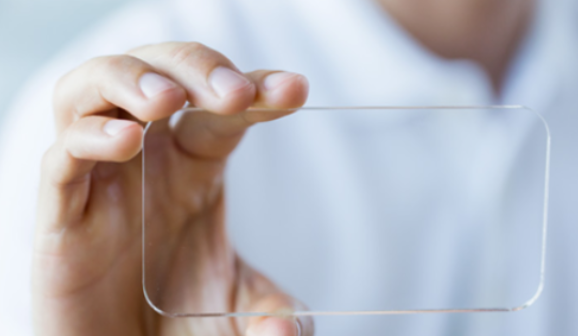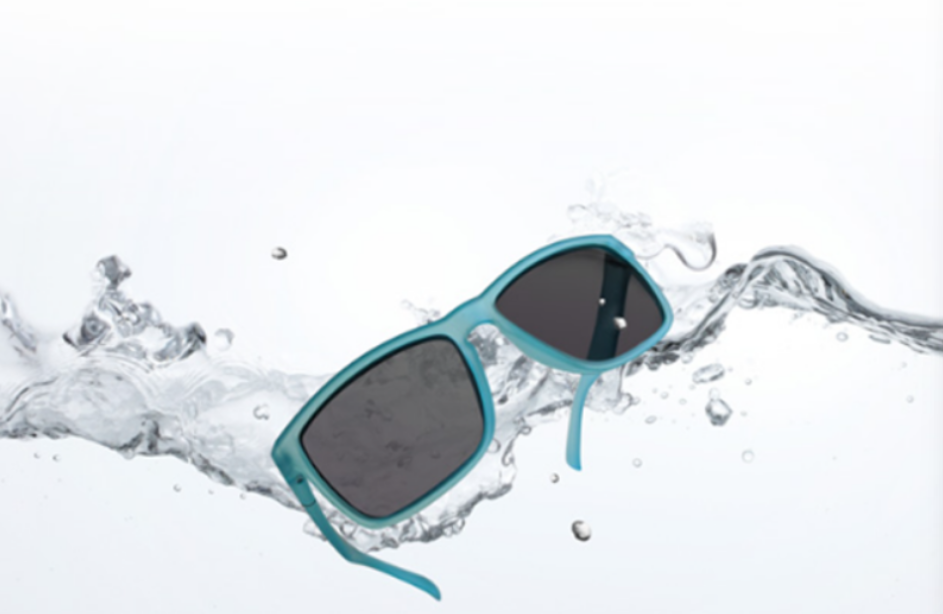October 26, 2024 – Revolutionary Cyclic Block Copolymer (CBC) Making Waves in Chemical Industry
A new type of olefin copolymer, Cyclic Block Copolymer (CBC), is creating ripples in the chemical industry. This polymer material is produced through the copolymerization of vinyl aromatic hydrocarbons and conjugated olefins, followed by a unique and efficient catalytic hydrogenation process. This distinctive manufacturing technique endows CBC with a series of exceptional properties.

CBC has garnered widespread market attention for its extreme cleanliness, ultra-high transparency, excellent thermal oxidative stability, high UV transmittance, remarkable tolerance, extremely low water absorption rate, and density. It demonstrates broad application potential in various sectors, including pharmaceutical packaging, electronics, optical materials, UV sterilization, sports, and leisure. By adjusting the ratio of soft and hard blocks in its chemical structure, CBC can be flexibly tuned from rigid plastics to soft elastomers, catering to diverse application needs.
According to Color Masterbatch Industry News, the production of CBC involves two core technologies: anionic polymerization and efficient catalytic hydrogenation. The precise control of these technologies ensures CBC’s ultimate cleanliness and superior performance. Currently, Taiwan Polymer Chemical Co., Ltd. is the world’s sole industrial supplier of CBC, with an annual production capacity of 5,000 tons since its industrialization in 2018. Marketed under the brand name ViviOn™, it is sold in Japan, South Korea, China, and other regions.
CBC not only offers cost advantages over traditional COC/COP materials but also matches or even surpasses them in performance. In the field of optical materials, CBC’s high transparency, low refractive index, and low density make it an ideal choice. Additionally, CBC can be sterilized using electron beam and gamma ray irradiation, providing new solutions for medical and health materials. It also shows significant potential in biomedical testing consumables, semiconductors, and 5G antenna automotive radar sensors.

CBC exhibits unique advantages in several specific applications. In the optical field, its high transparency and low density make it ideal for injection molding and extrusion processing. In the medical sector, CBC’s glass-like transparency, high cleanliness, and easy processability make it a safe and reliable innovative medical material. In the eyewear industry, CBC’s ultra-low density and high impact resistance make it perfect for AR/VR glasses frames and other products. In packaging, the addition of CBC enhances film stiffness and rigidity, reduces tear strength, and enables plastic reduction and easy-tear applications. In the IC industry, CBC’s low metal ion concentration, low heavy metal content, and low volatile organic compounds make it ideal for advanced semiconductor manufacturing processes and electronic packaging containers.
In conclusion, CBC, as a new polyolefin material with excellent comprehensive performance and relatively controllable costs, is gradually showing its vast application potential and market value in multiple fields. With deeper industrial promotion and continuous technological advancements, CBC is poised to become a promising new product in the polyolefin family.














